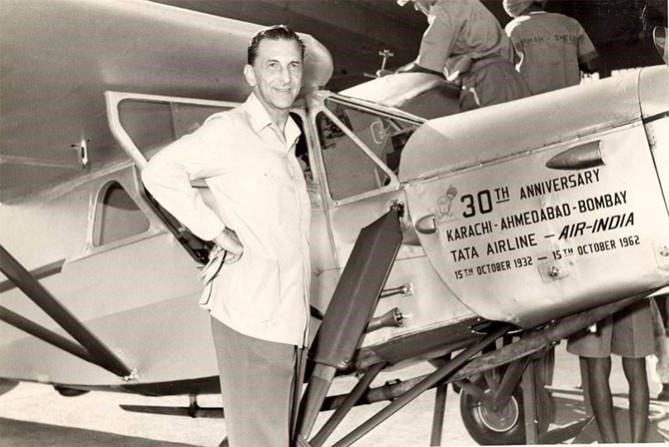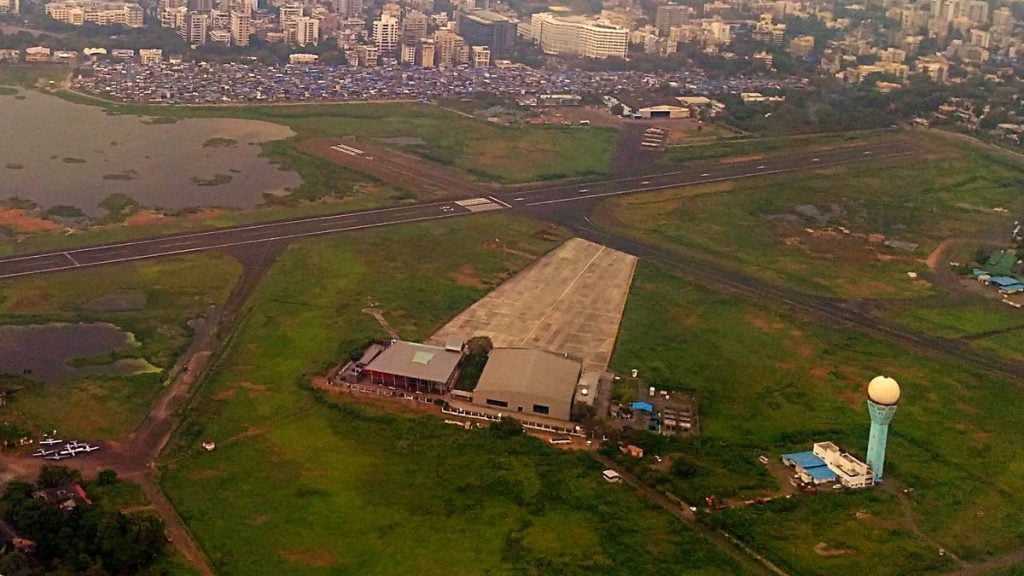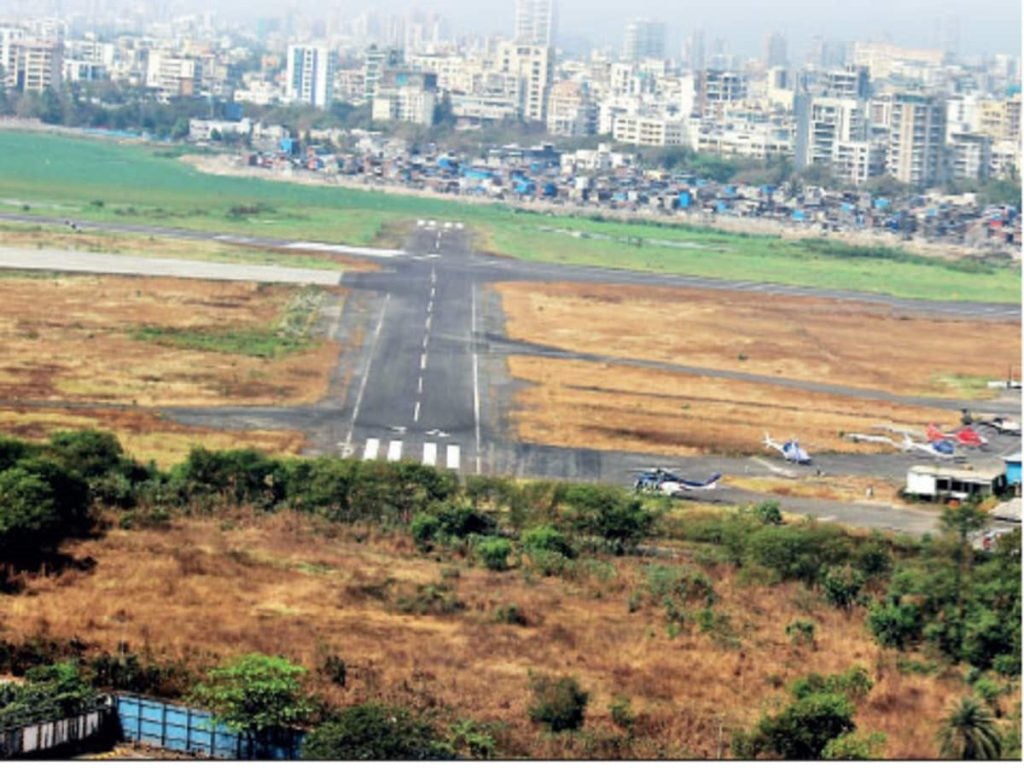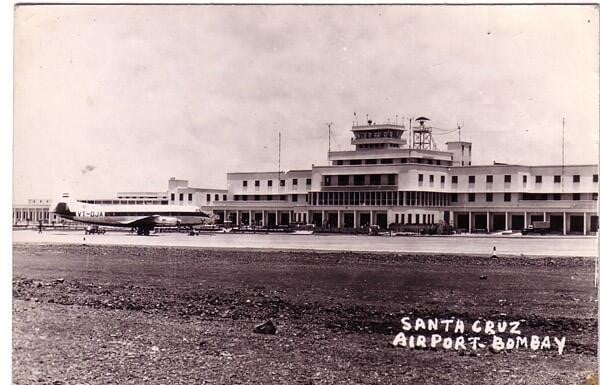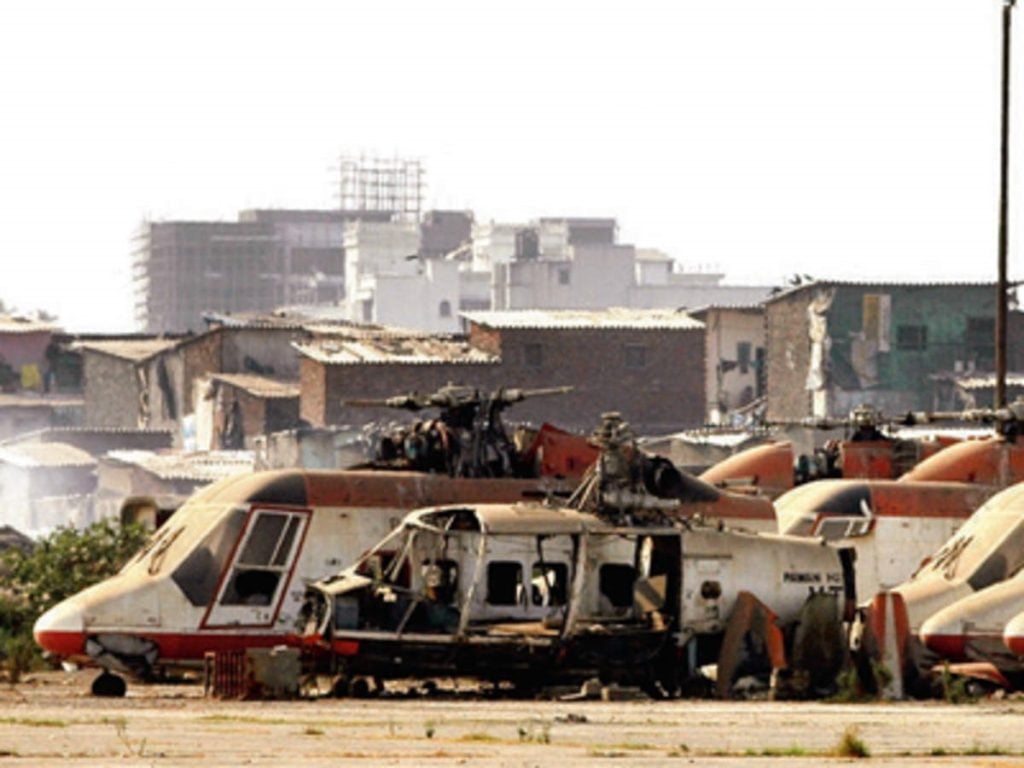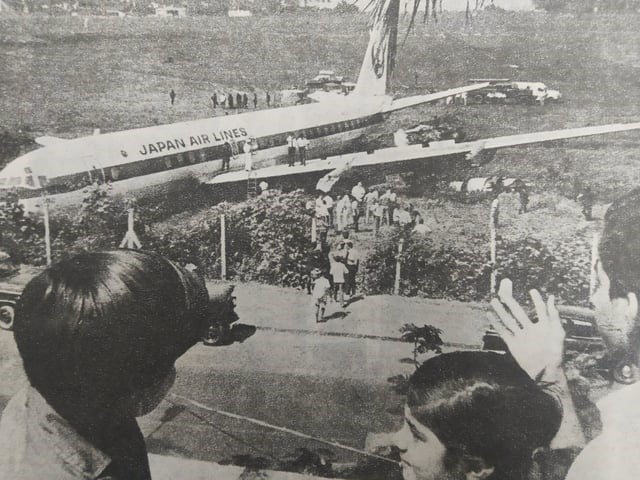India’s aviation history is intricately woven with the story of Juhu Aerodrome, a facility that played a pivotal role in the country’s early commercial air travel. Nestled in the bustling heart of Mumbai, this unassuming airfield was the site of India’s first commercial flight, marking the dawn of a new era in the nation’s transportation landscape.
From its humble beginnings to its transformation into a hub for general aviation and VIP flights, the journey of Juhu Aerodrome is a captivating tale that sheds light on the evolution of India’s air travel infrastructure.
The Birth of Commercial Aviation in India
The year 1929 was a pivotal moment in India’s aviation history, as JRD Tata, the country’s first licensed pilot, embarked on a historic flight that would forever change the landscape of transportation. On October 15th, 1929, Tata’s de Havilland Puss Moth aircraft landed at Juhu Aerodrome, ushering in the era of Tata Airmail Services, which would later become the renowned Air India. This landmark event not only established Juhu as the nation’s first civil aviation airport but also laid the foundation for the Indian national flag carrier.
Juhu Aerodrome’s Expansion and Modernization
In the following years, Juhu Aerodrome underwent a remarkable transformation, reflecting the growing demand for air travel in India. In 1936, the facility expanded, with the construction of two new runways (08/26 and 16/34) and plans for a third. This expansion allowed Juhu to accommodate the increasing operations of Tata Airmail, cementing its status as a bustling hub for the country’s burgeoning aviation industry.
The modernization of Juhu Aerodrome continued in the late 1930s, with the paving of its runways with concrete and the introduction of nighttime flying services. These upgrades positioned the airport as a cutting-edge facility, ready to meet the evolving needs of the aviation sector.
The Rise of Santacruz Airport and Juhu’s Transition
Despite the promising growth of Juhu Aerodrome, Mumbai’s aviation landscape was about to undergo a significant shift. During the monsoon season, the airport became unusable due to waterlogging, necessitating the relocation of operations to Ponna Airport (now Pune). While the concrete runways addressed this issue, the authorities recognized the need for a dedicated airport to serve the city’s growing passenger demand.
Santacruz Airport, previously a Royal Air Force base, was chosen to become the primary commercial airport for Mumbai. After the Second World War, Santacruz officially took over passenger flights in 1948, relegating Juhu Aerodrome to a supporting role.
Juhu Aerodrome’s Transition to General Aviation and VIP Flights
As Santacruz Airport (now Chhatrapati Shivaji Maharaj International Airport) solidified its position as the city’s main commercial hub, Juhu Aerodrome transitioned to serve a different purpose. The facility became the preferred airport for general aviation, helicopter operations, and the transportation of state or national leaders.
This shift in Juhu’s role was similar to the trajectory of Safdarjung Airport in New Delhi, which also remained open for specialized operations while no longer serving as a commercial airport. Today, Juhu Aerodrome is home to the Bombay Flying Club, providing flying training for pilots across the country.
Attempts to Revive Commercial Operations at Juhu
Over the years, the Airports Authority of India (AAI) has made repeated attempts to reintroduce commercial operations at Juhu Aerodrome. However, these efforts have been met with resistance, primarily due to the airport’s proximity to the city’s bustling residential areas and the potential noise pollution it could generate.
Instead, Juhu Aerodrome has been designated as a reserve airport for military operations, while Chhatrapati Shivaji Maharaj International Airport in Mumbai continues to handle the majority of passenger and cargo flights. This has made the city’s primary airport one of the busiest single-runway airports in the world.
A Rare Commercial Landing at Juhu
Despite the absence of commercial operations, Juhu Aerodrome has witnessed a unique incident in its post-commercial era. In 1972, a Japan Airlines Douglas DC-8 crew mistakenly landed at Juhu, believing it to be Santacruz Airport. This unexpected landing served as a reminder of the airport’s continued significance in India’s aviation landscape.
The Legacy of Juhu Aerodrome
Juhu Aerodrome’s legacy extends far beyond its role as India’s first civil aviation airport. It has witnessed the birth of the country’s national airline, the evolution of air travel infrastructure, and the shifting priorities of the aviation industry. Today, the facility continues to play a vital role in supporting general aviation, training pilots, and accommodating VIP flights, preserving its place in the annals of Indian aviation history.
Conclusion
The story of Juhu Aerodrome is a testament to the resilience and adaptability of India’s aviation sector. From its humble beginnings as the site of the country’s first commercial flight to its current status as a hub for specialized operations, this unassuming airfield has left an indelible mark on the nation’s transportation landscape. As the aviation industry continues to evolve, the legacy of Juhu Aerodrome serves as a reminder of the pioneering spirit that has propelled India’s air travel journey forward.
FAQs
1. Which is the first civil aviation airport in India?
Juhu Aerodrome
2. Which was the first civil aviation company in India?
Tata Airlines.
3. Which is the highest civil airport in India?
Kushok Bakula Rimpoche Airport
4. What is Juhu airport used for?
Constructed in 1928, this aerodrome has been the starting point for numerous successful aviation stories. Located in the upscale Juhu suburb of Mumbai, it now exclusively handles VIP flights and helicopter services.
5. Who controls civil aviation in India?
The Directorate General of Civil Aviation (DGCA) is the regulatory authority for Civil Aviation, with a primary focus on safety matters.
